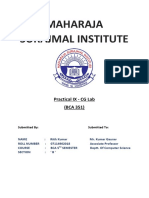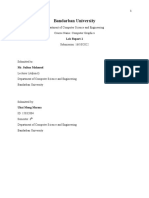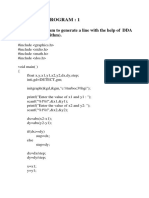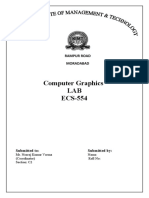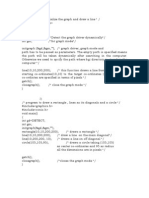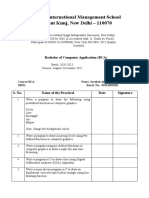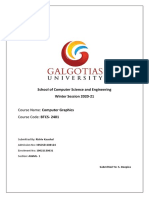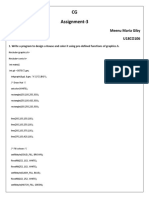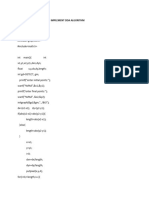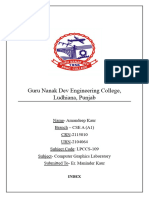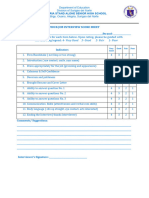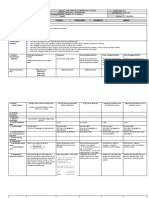0% found this document useful (0 votes)
76 views34 pagesStudy of Basic Graphics Functions Defined in
The document contains a series of C programs that demonstrate basic graphics functions using the 'graphics.h' library. Programs include drawing shapes like lines, circles, and rectangles, creating animations such as a moving car, and implementing functionalities like a digital clock and line clipping. Each program is structured with initialization, drawing functions, and cleanup, showcasing various graphics algorithms and techniques.
Uploaded by
raw32847Copyright
© © All Rights Reserved
We take content rights seriously. If you suspect this is your content, claim it here.
Available Formats
Download as DOCX, PDF, TXT or read online on Scribd
0% found this document useful (0 votes)
76 views34 pagesStudy of Basic Graphics Functions Defined in
The document contains a series of C programs that demonstrate basic graphics functions using the 'graphics.h' library. Programs include drawing shapes like lines, circles, and rectangles, creating animations such as a moving car, and implementing functionalities like a digital clock and line clipping. Each program is structured with initialization, drawing functions, and cleanup, showcasing various graphics algorithms and techniques.
Uploaded by
raw32847Copyright
© © All Rights Reserved
We take content rights seriously. If you suspect this is your content, claim it here.
Available Formats
Download as DOCX, PDF, TXT or read online on Scribd
/ 34




